The Challenge
JPMorganChase is the largest bank in the world, with nearly as many employees as the entire population of my home country, Iceland. The sheer scale of the operation presented a unique challenge: to design a solution that was powerful enough to handle complex financial operations but simple enough for anyone to use without a training manual. My goal was to create a user interface that felt self-explanatory, turning complicated tasks into a seamless and intuitive experience.
Onboarding
The Problem: The first hurdle for any financial product is getting users set up. Users needed to connect accounts, input property details, and add tenants—a process that could quickly become overwhelming and lead to abandonment.
The Solution: I designed a guided onboarding system that broke down the setup process into small, manageable steps. A progress tracker visualized the journey, showing users exactly where they were and what was next, which helped build momentum and reduce friction.


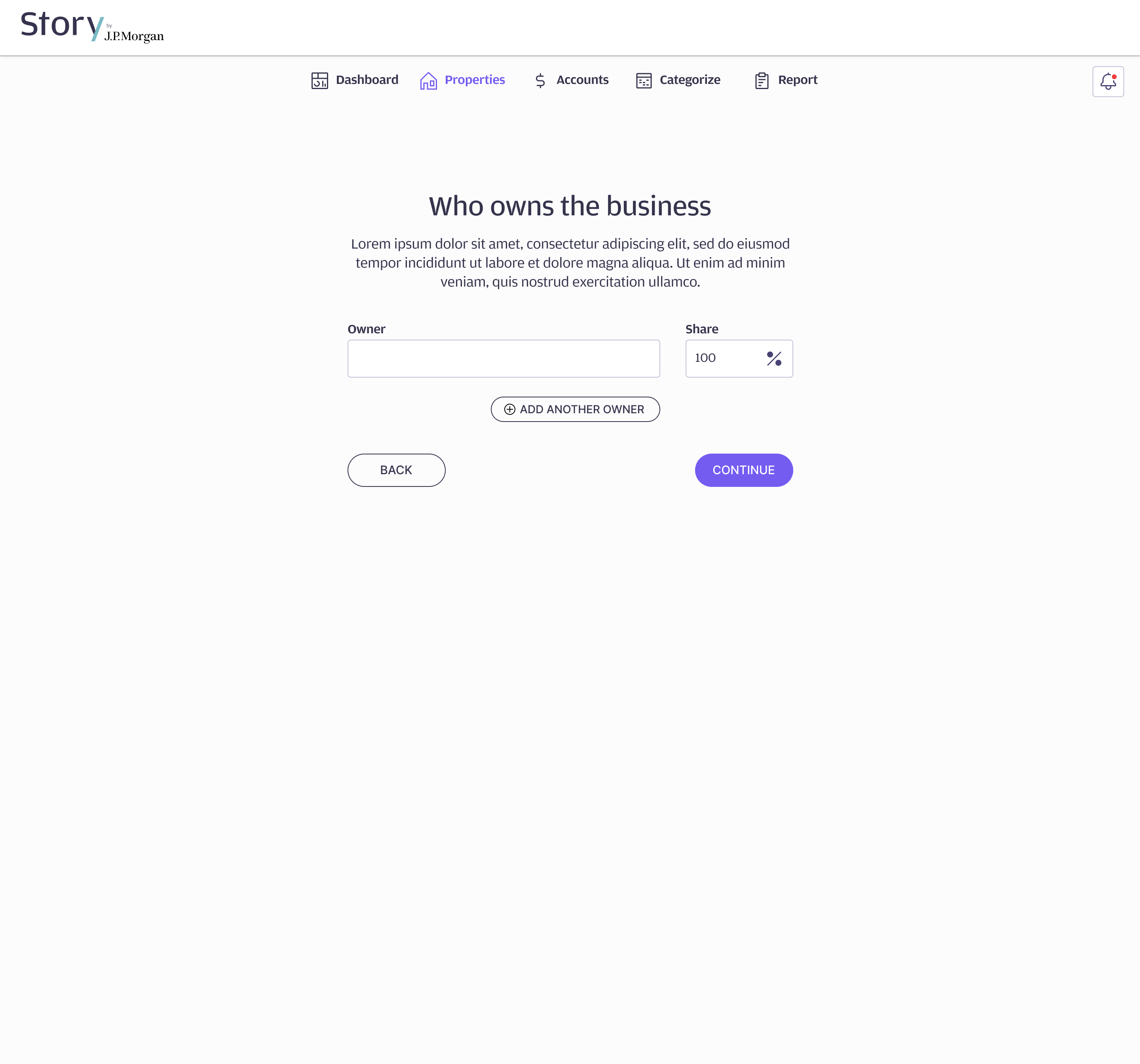
By guiding them step-by-step, we ensured users could get fully set up without feeling overwhelmed.
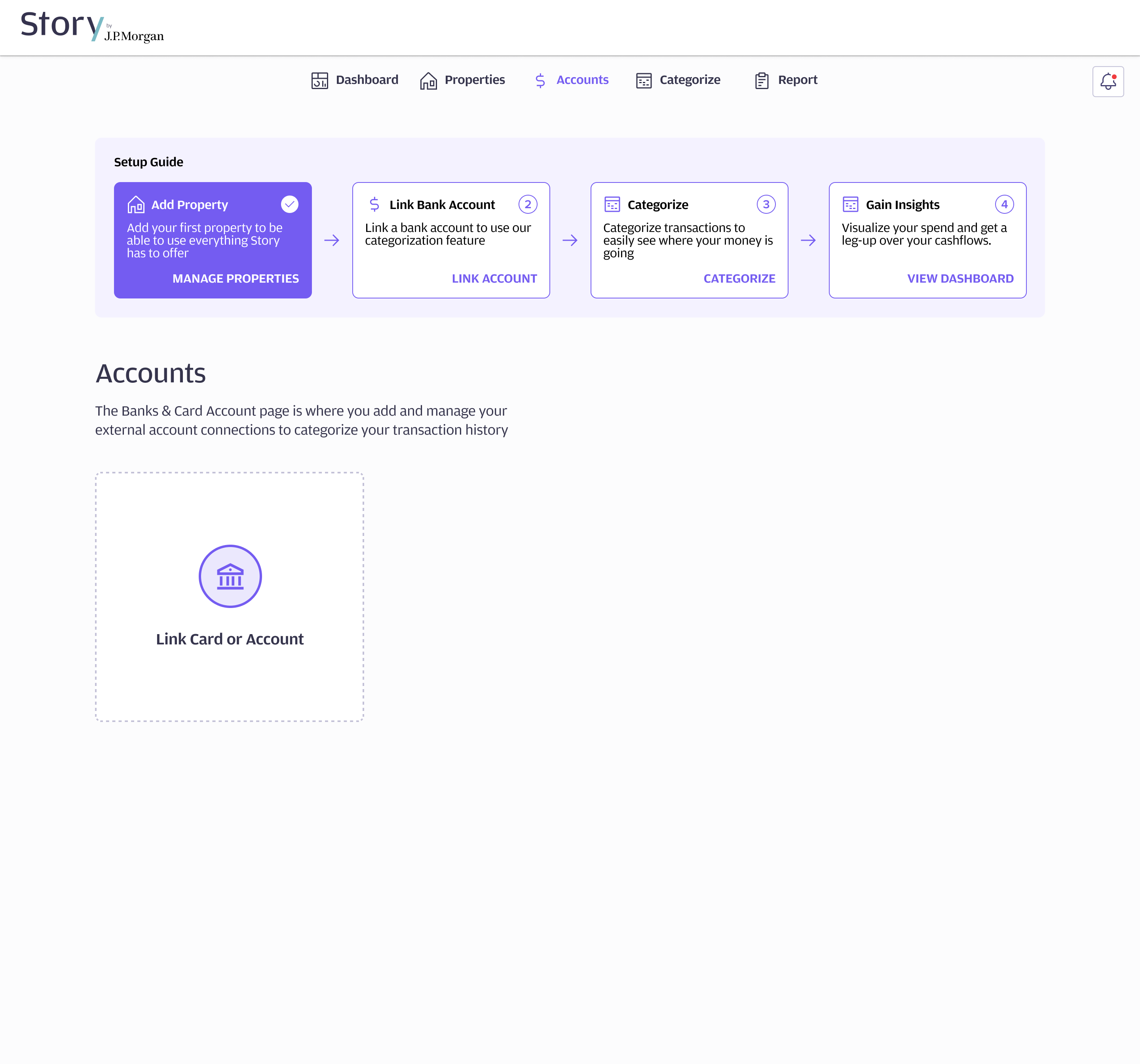
Properties
The Problem: For landlords managing multiple properties, keeping track of essential information like addresses, photos, and key documents can be a scattered and disorganized process. They needed a single, reliable place to store and manage all the details for each property in their portfolio.
The Solution: I designed a centralized system for property management. The interface allows users to easily add new properties and edit their details, including uploading images to create a visual portfolio. Each property has its own dedicated page that acts as a hub for its information, displaying high-level metrics like revenue and expenses, giving landlords a clear, organized overview of their assets.
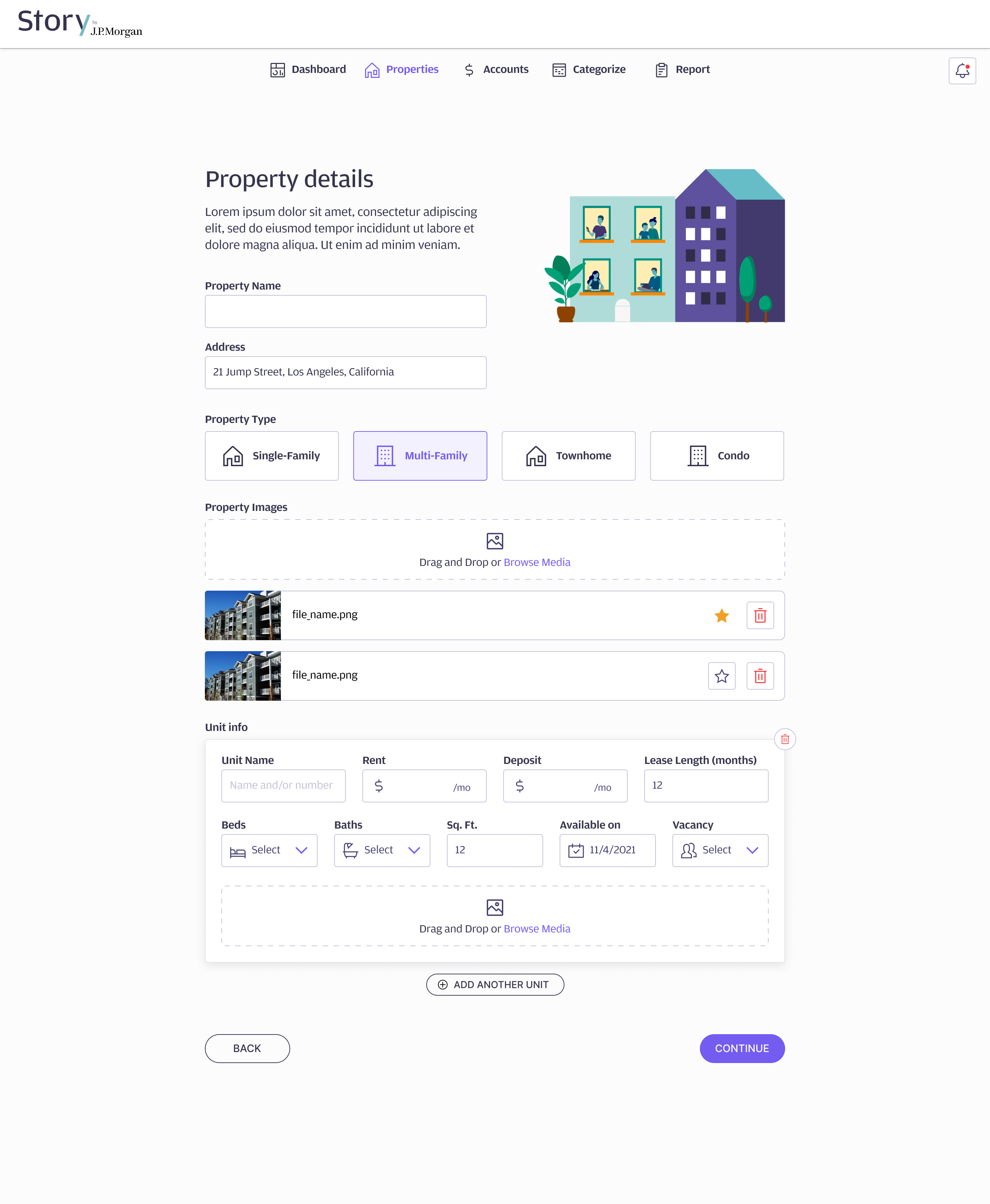
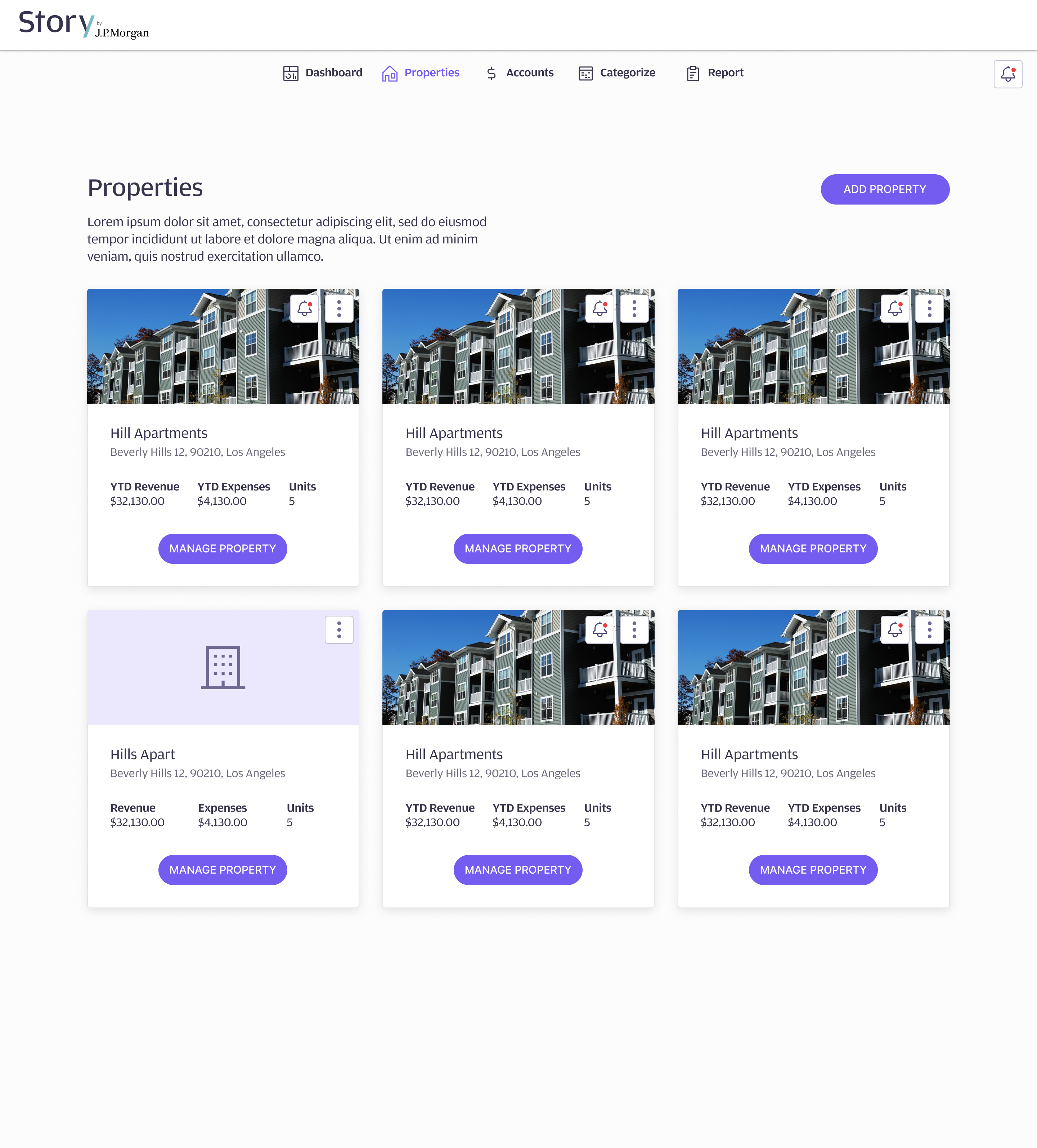
Tenants
The Problem: Efficient tenant management was crucial. Landlords needed an easy way to screen tenants, collect data, and keep track of payments without getting bogged down in administrative work.
The Solution: I designed a streamlined tenant management system that automated data collection and presentation, making tenant screening effortless. This allowed landlords to quickly assess applicants, invite and manage their roster of tenants with ease.
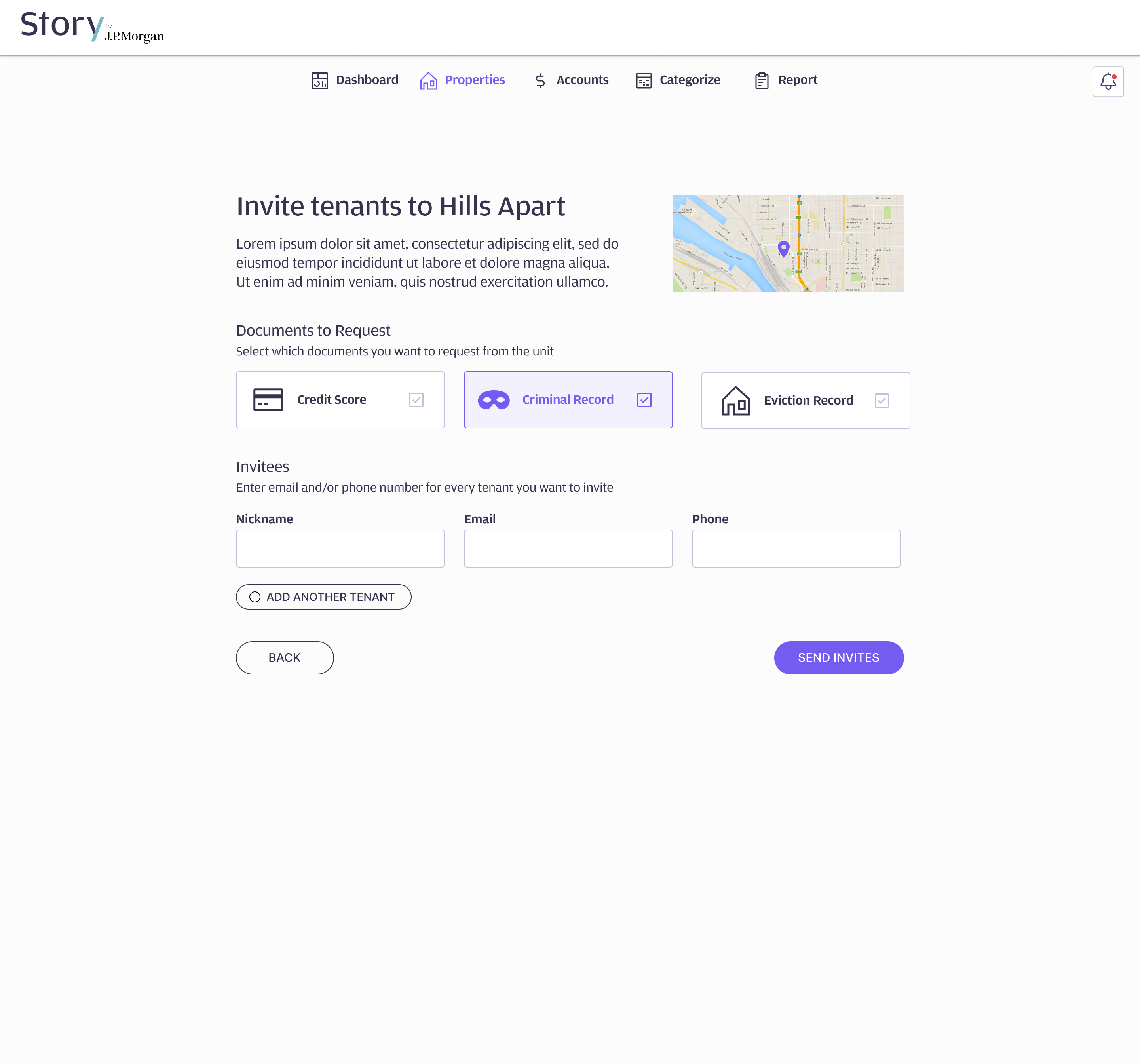
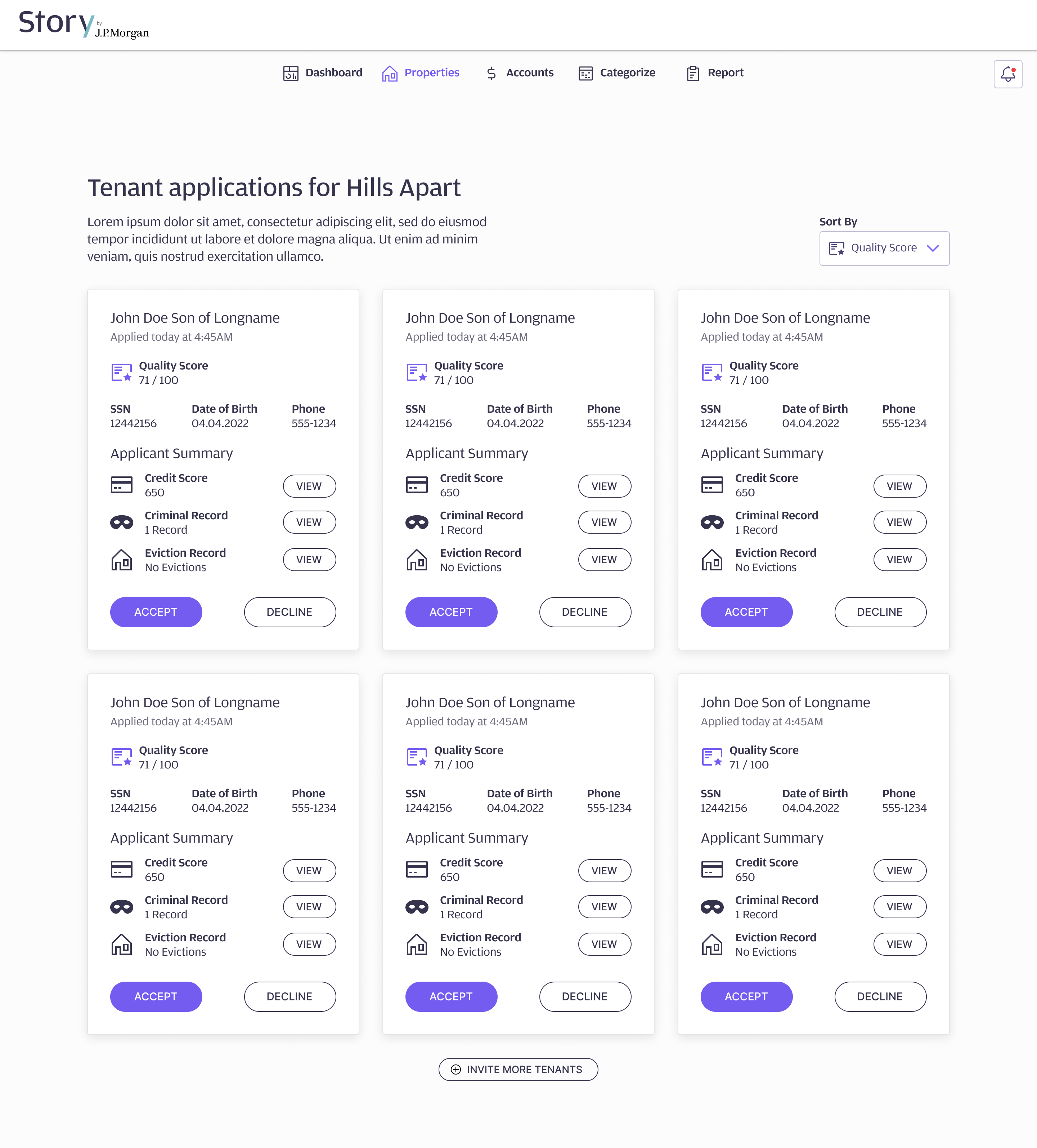
Transaction Categorization
The Problem: Manually categorizing hundreds of transactions is tedious, repetitive, and prone to error. Basically a major pain point for users, and something everybody tends to procrastinate.
The Solution: The transaction categorization system I designed turns this chore into a simple, one-click action. The system intelligently groups similar transactions and suggests a category. All the user has to do is click "Accept." Each time a user confirms or adjusts a suggestion, the system learns and improves its future automatic categorizations. It feels more like a game than a task.
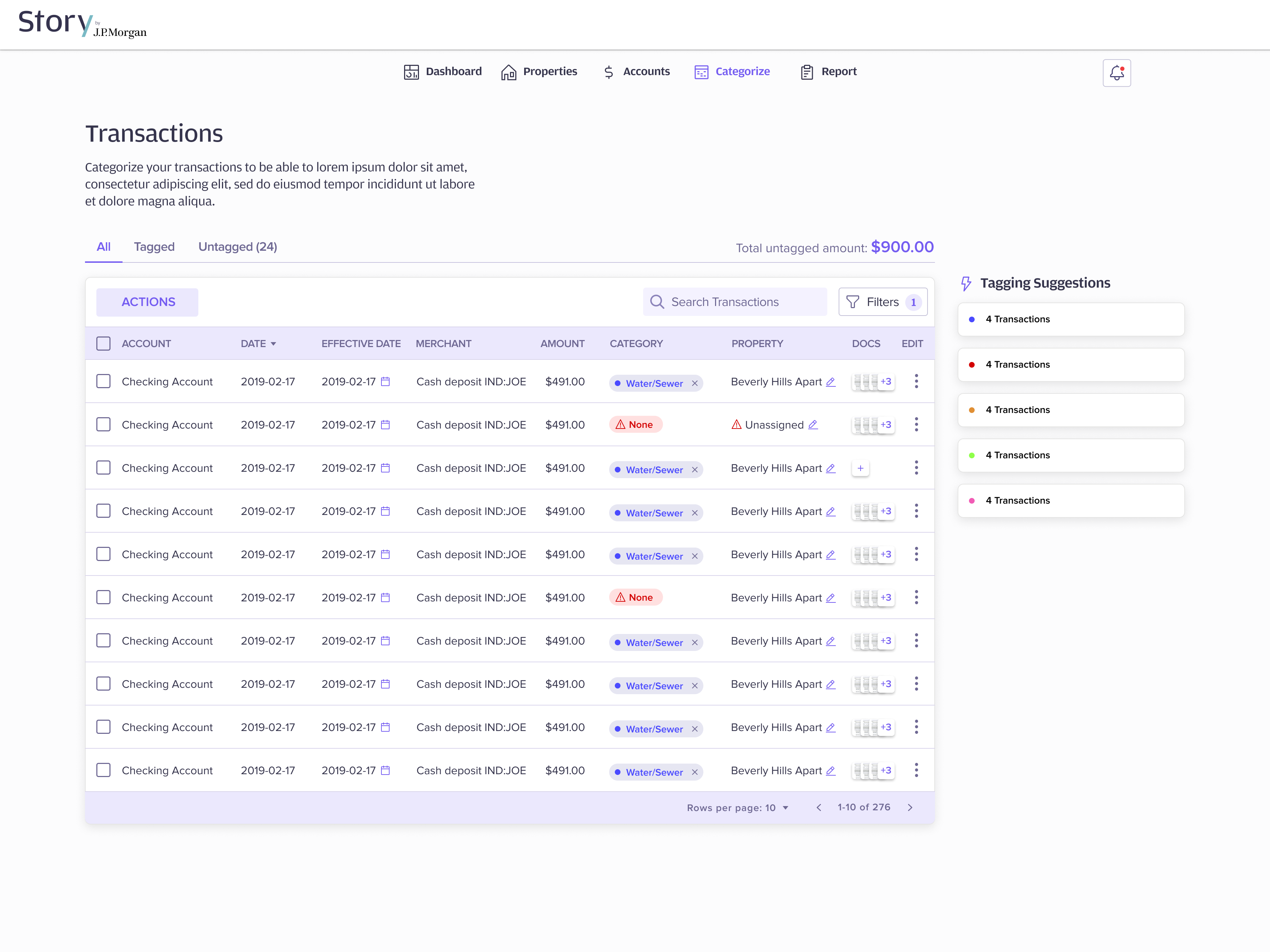
The user can simply accept the suggestion or modify the tag, turning a tedious task into a quick and satisfying one.
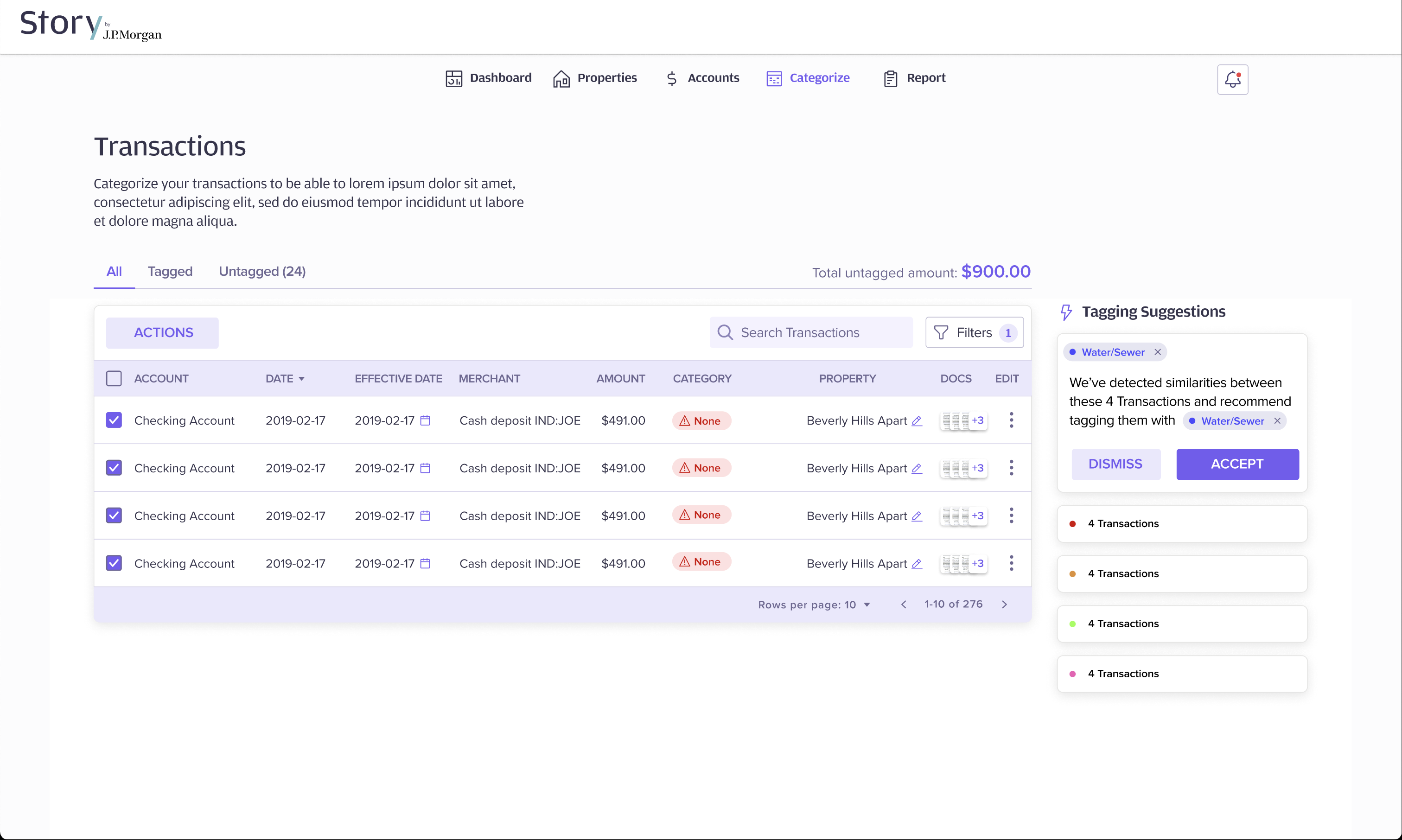
Dashboard
The Problem: Users needed a high-level overview of their financial health without digging through spreadsheets. They needed to see their current standing and understand future projections at a glance.
The Solution: The dashboard provides a detailed financial overview with a forecast for the coming months. This clear visualization gives users a comprehensive view of their finances, helping them make informed decisions and plan for the future.
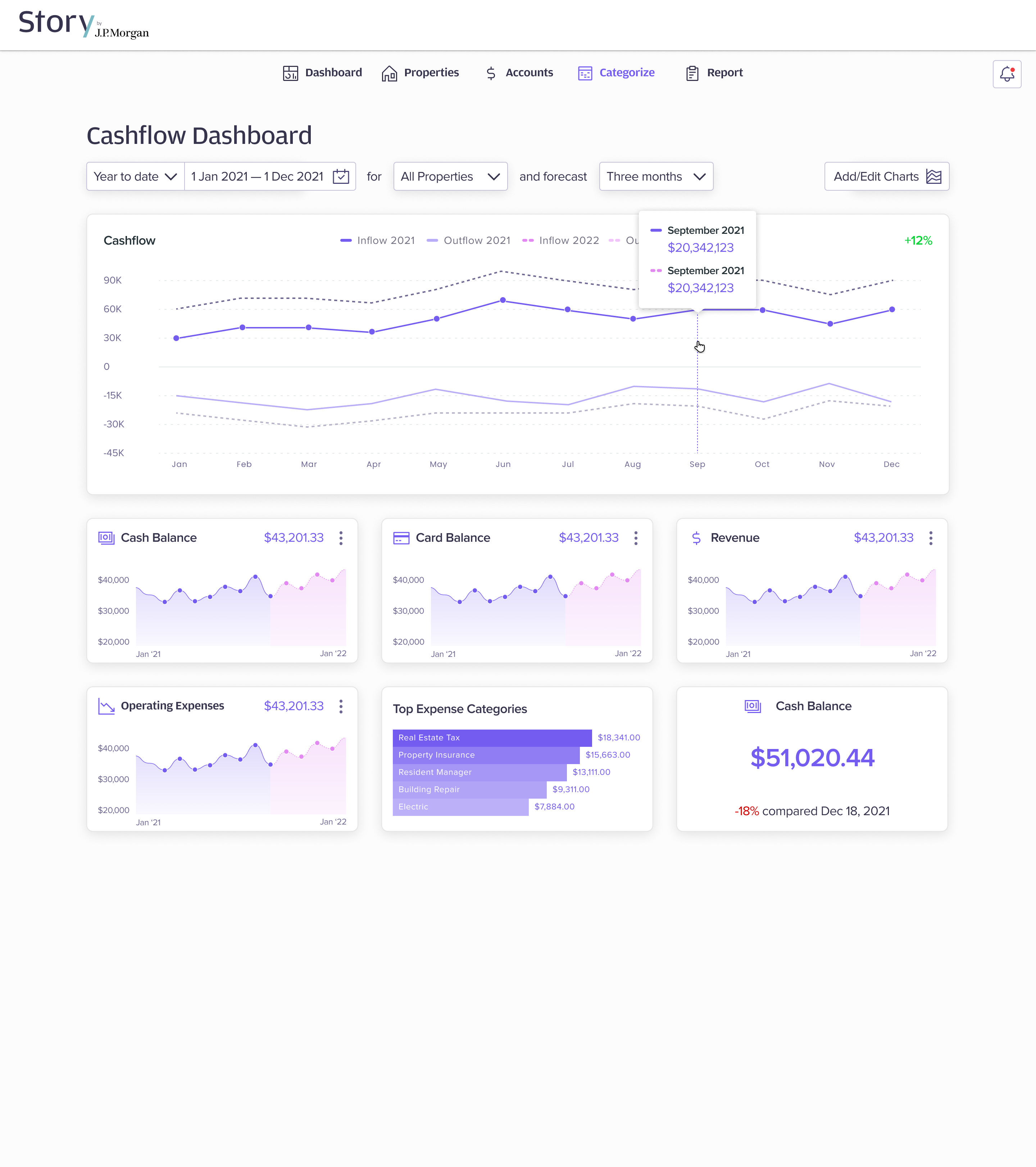
This project presented a series of complex challenges, which is what I thrive on. It was incredibly rewarding to tackle these problems and design solutions that are simple to use without sacrificing functionality. It has been a privilege to work with a company like JPMorgan Chase, where your work has the potential to have a huge, positive effect on a lot of people.
